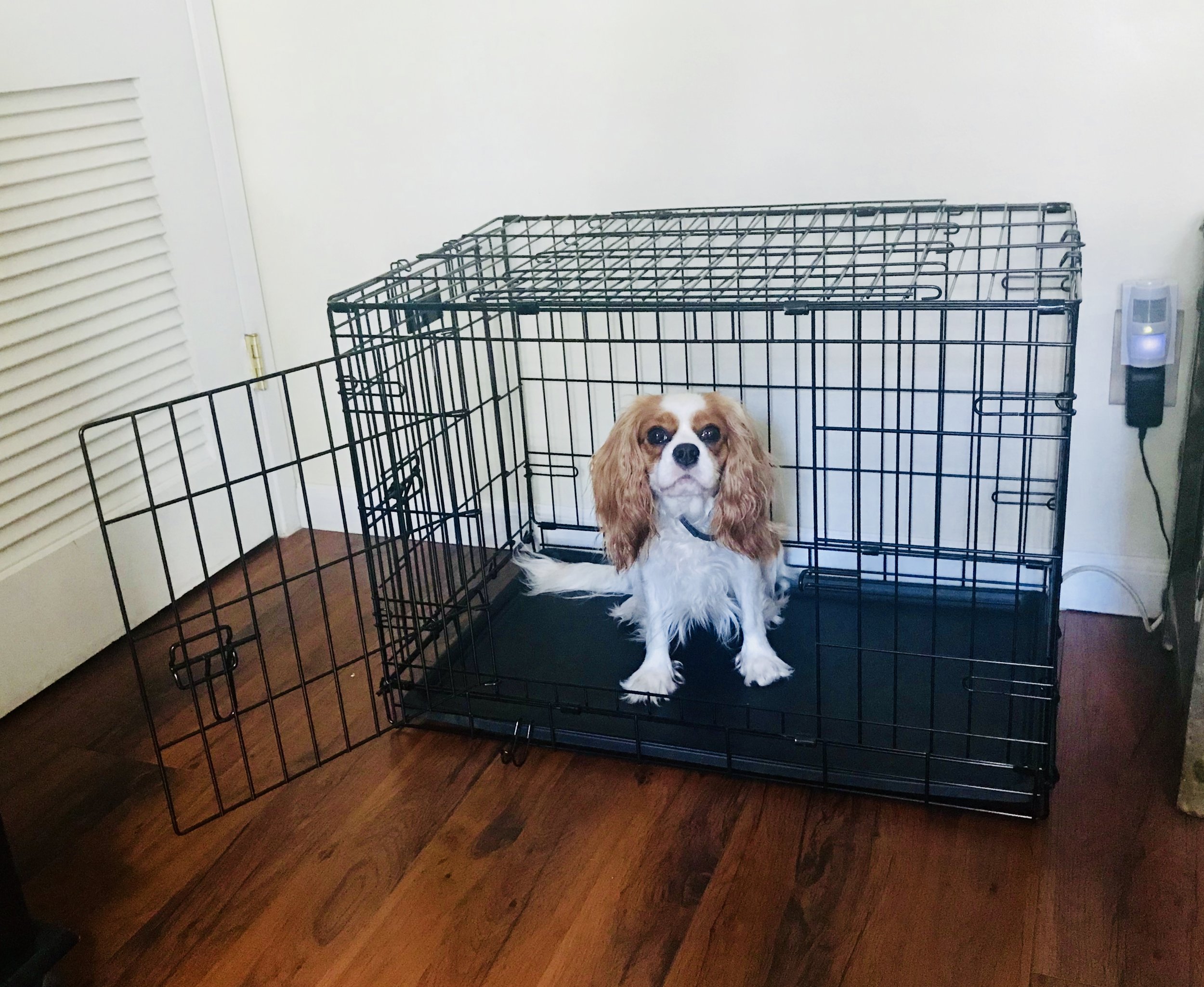The Story of the Rescue
Our Story of the Rescue: While animal abuse is seen on a daily basis and unfortunately cannot be denied, it is far less a cause of it’s current behavioral problems than most dog owners think. We need to move from a place of feeling sorry for, or making excuses for our rescues, to leading, training, and guiding. This is they only way to move your dog forward to a healthy state of mind. Holding on to your dog’s past can be more harmful than the actual abuse itself. Moving forward as a leader, with rules and accountability for bad behavior, actually paves the way towards progress. Leave your dog’s story behind. I can tell you for a fact, that HE isn’t holding onto it. Dog’s live in the present moment. It is the human that holds onto the past. Doing so only prevents us from sharing rules and structure necessary for a healthy life together. If you have an aggressive, nervous, shy, anxious dog on your hands, chances are it’s not his past that is haunting him. It’s inevitably a combination of genetics and socialization factors. Add these to the story you keep repeating about his past, and your will have a whole host of problems arise in just about every situation your dog is presented with. Feeling sorry for your dog should not be the reason to withhold structure because “he’s been through so much already.” Your dog needs a healthy future filled with accountability, rules, and boundaries that convince him that he no longer needs to make all of the decisions on his own. He has a leader that loves him more than the story. You may want to ask yourself this: is it more abusive to let a dog continue on in a nervous, anxious state of mind because you feel sorry for him, or provide him with rules and structure that will free his mind from those feelings?
That all being said, let’s put this into perspective using Crate Training as an example. Many people refuse to crate-train their dogs because they feel that confinement is cruel. I know I felt this way not too long ago. Add to this, a story of your rescue’s past abuse, and you deny the full potential this simple training actually holds. Crate training done properly is an effective management system that provides a number of benefits to dog owners. A crate can give dogs a sense of security. The crate encourages a dog's instinct not to mess where he sleeps, helping to teach the dog bladder and bowel control. The dog associates his crate as a clean place, and is a huge benefit for house training a new rescue dog or puppy, regardless of age. Using a crate prevents a dog from getting into trouble when you can't supervise constantly, when your attention is elsewhere rather than directly on your dog. Crate training also teaches aroused dogs to expect and enjoy some down time, and conditions Calm, relaxed behavior. Crating your dog shouldn’t be viewed as abuse, but rather as therapy and as a component to laying down rules and boundaries needed for a balanced state of mind. Too much pampering and free-reign perpetuates further distress and fallout from your dog. This could result in horrible behavior on walks, territorial stuff, guarding, fear and anxiousness, or even human aggression if left unaddressed. Teaching your dog that his crate is his place to zone out and stop worrying about the world around him can help guide you towards a more healthy relationship. Isn’t this what we all want for our pooches anyway?




